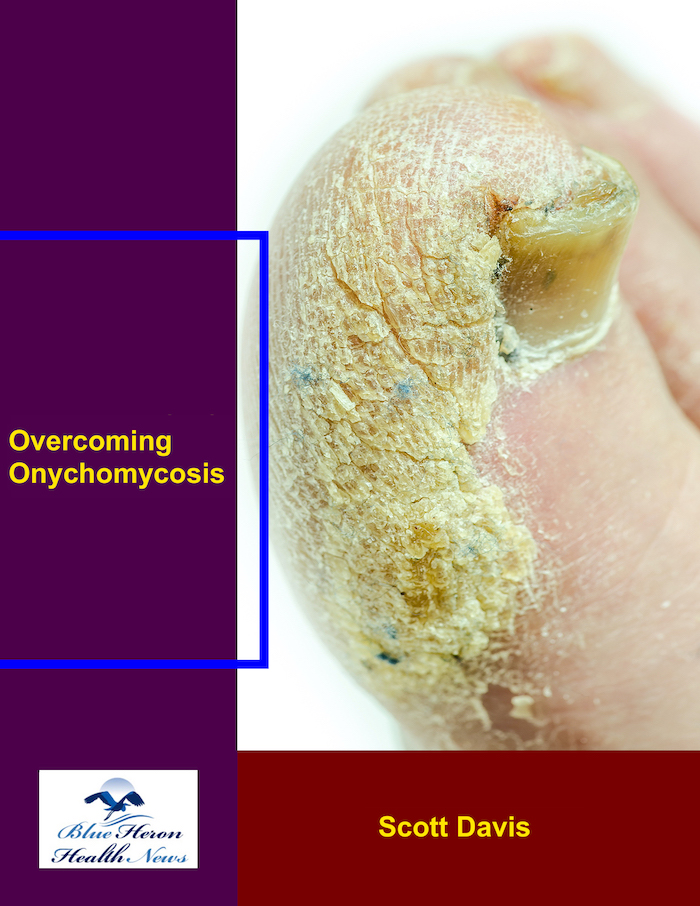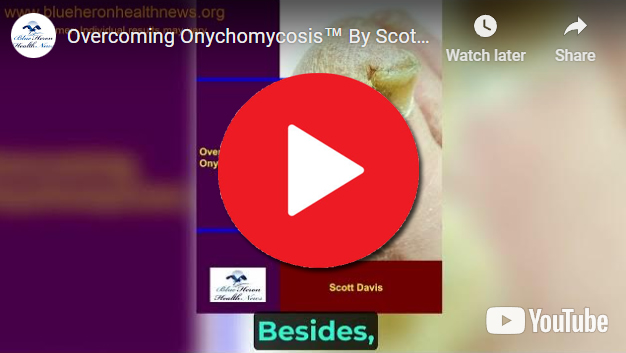
Overcoming Onychomycosis™ By Scott Davis It is a simple, natural, and all-in-one solution for onychomycosis. The program can help you to treat your nail fungus naturally. Once you follow this program, you do not need to spend on expensive treatments to prevent a recurrence. In brief, you can have a proven solution for your chronic nail fungus. Besides, the program is easy to follow, and most users find it effective against onychomycosis.
What medications are commonly used to treat acid reflux?
Several types of medications are commonly used to treat acid reflux, depending on the severity and frequency of symptoms. These medications can be categorized into over-the-counter (OTC) and prescription options, each working in different ways to relieve symptoms or reduce stomach acid production. Here are the main categories:
1. Antacids
- How They Work: Antacids neutralize stomach acid to provide quick relief from mild heartburn and acid reflux symptoms. They do not reduce the production of stomach acid but help alleviate discomfort by neutralizing the acid already present.
- Common Medications:
- Calcium Carbonate (Tums, Rolaids)
- Magnesium Hydroxide (Milk of Magnesia)
- Aluminum Hydroxide (Maalox, Mylanta)
- Sodium Bicarbonate (Alka-Seltzer)
- Usage: Antacids are typically taken after meals or when symptoms arise. They are most effective for occasional acid reflux rather than chronic GERD.
2. H2 Receptor Blockers (H2RAs)
- How They Work: H2 blockers reduce the amount of acid the stomach produces by blocking histamine-2, a substance that signals the stomach to produce acid. They offer longer-lasting relief than antacids but may take a little longer to start working.
- Common Medications:
- Ranitidine (Zantac)
- Famotidine (Pepcid)
- Cimetidine (Tagamet)
- Nizatidine (Axid)
- Usage: H2 blockers can be taken before meals to prevent acid reflux or at bedtime to reduce nighttime symptoms. They are available over-the-counter in lower doses and by prescription in higher doses.
3. Proton Pump Inhibitors (PPIs)
- How They Work: PPIs are the most effective class of medications for reducing stomach acid. They block the enzyme responsible for acid production in the stomach, offering long-term relief and healing of the esophagus for people with GERD or more severe acid reflux.
- Common Medications:
- Omeprazole (Prilosec)
- Esomeprazole (Nexium)
- Lansoprazole (Prevacid)
- Pantoprazole (Protonix)
- Rabeprazole (AcipHex)
- Usage: PPIs are typically taken once daily, usually before a meal, for several weeks or months to manage chronic acid reflux or GERD. They are available both over-the-counter and by prescription.
4. Prokinetics
- How They Work: Prokinetic agents help speed up the movement of food through the stomach and reduce the likelihood of acid reflux by improving the function of the lower esophageal sphincter (LES) and increasing the speed of gastric emptying.
- Common Medications:
- Metoclopramide (Reglan)
- Domperidone (Motilium)
- Usage: Prokinetics are usually prescribed for people who have persistent reflux, particularly when it’s associated with delayed gastric emptying. They are less commonly used due to potential side effects like fatigue, restlessness, and in some cases, serious neurological side effects.
5. Alginate-based Medications
- How They Work: Alginate-based medications form a gel-like barrier that floats on top of the stomach contents, preventing acid from rising into the esophagus. They do not reduce acid production but act as a mechanical barrier.
- Common Medications:
- Gaviscon
- Usage: Alginate medications are used to treat mild to moderate reflux and are available over-the-counter. They are often taken after meals and at bedtime to prevent reflux.
6. Combination Medications
- How They Work: Some medications combine different classes of drugs to treat acid reflux more effectively. For example, an antacid may be combined with an H2 blocker to provide both quick relief and longer-lasting acid reduction.
- Common Medications:
- Pepcid Complete (Famotidine with Calcium Carbonate and Magnesium Hydroxide)
- Usage: These combination medications are usually used to provide both immediate and sustained relief for mild to moderate reflux symptoms.
7. Others (Less Common)
- Sucralfate (Carafate): This medication acts as a protective coating for the esophagus and stomach lining, helping to prevent further damage from stomach acid. It is typically used in cases where ulcers or esophageal irritation have developed due to chronic acid exposure.
- Baclofen: Baclofen is a muscle relaxant that can help strengthen the lower esophageal sphincter to reduce reflux. It is less commonly used and generally reserved for cases where other treatments have not been effective.
Summary:
- Occasional Acid Reflux: Antacids, H2 blockers, or alginate-based medications like Gaviscon are often sufficient for treating mild, occasional acid reflux.
- Chronic GERD or Severe Reflux: Proton pump inhibitors (PPIs) are usually the first-line treatment for chronic GERD, as they provide the most effective and long-term relief. H2 blockers and prokinetics may be used as additional or alternative therapies.
- Considerations: The choice of medication depends on the severity and frequency of symptoms, as well as the individual’s response to treatment. For people with persistent or severe symptoms, a healthcare provider may recommend a combination of medications or further diagnostic testing.
Would you like information on how to use any specific medication in more detail?
Overcoming Onychomycosis™ By Scott Davis It is a simple, natural, and all-in-one solution for onychomycosis. The program can help you to treat your nail fungus naturally. Once you follow this program, you do not need to spend on expensive treatments to prevent a recurrence. In brief, you can have a proven solution for your chronic nail fungus. Besides, the program is easy to follow, and most users find it effective against onychomycosis.
